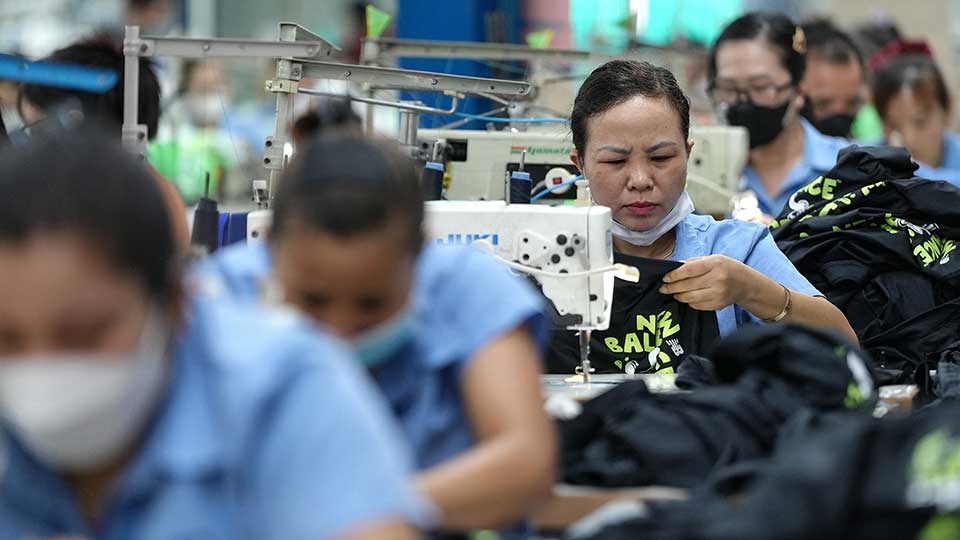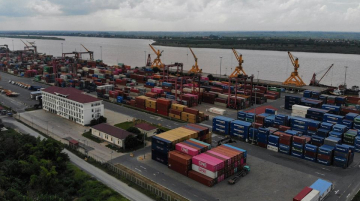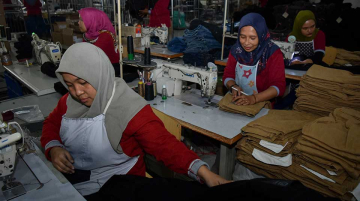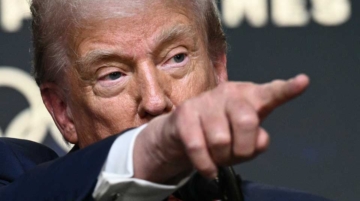
This is a free preview of the upcoming Southeast Asia Weekly Digest, part of the new CGSP Intelligence service launching in Summer 2025.
This week in Tariff Negotiations with the U.S.:
With just days left before a crucial July 9 tariff deadline, Southeast Asia’s export economies, Vietnam, Thailand, and Indonesia, face a tough balancing act.
On one side, Washington is pressing them to prove their supply chains aren’t simply channels for disguised Chinese goods. On the other, Beijing closely watches for any hint of compliance that might disadvantage its economic interests.
Vietnam has already opted for tighter U.S. oversight, risking future trade uncertainties. Thailand aims to limit damage with procedural safeguards, but its options are narrowing quickly.
Meanwhile, Indonesia is leveraging its critical minerals sector as bargaining power. Meanwhile, doubts remain about the extent of its independence from China’s influence.
This week’s digest explores how these three Southeast Asian economies are positioning themselves in the latest stretch. Negotiations could quietly influence regional trade dynamics, alter global supply chains, and signal how the broader U.S.-China rivalry unfolds next.
Vietnam: Washington’s Tariff Model Deal Comes with Hidden Costs
Where it stands:
Vietnam became the first Asian nation to clinch a tariff deal with the U.S. under Trump’s new trade regime. It dodged a blanket 46% duty, accepting a 20% baseline tariff and a 40% rate for goods the U.S. deems transshipped, specifically targeting relabeled Chinese exports.
What it gave:
In return, Vietnam promised preferential access for U.S. products, large-engine cars among them. Hanoi also agreed, in principle, to help enforce origin-tracing mechanisms Washington has long demanded.
What it means:
This deal reflects Washington’s interest in making Vietnam a frontline case to police supply chains tied to China. The transshipment clause signals a shift in enforcement scope and raises questions about how Vietnam’s deep integration with Chinese upstream supply chains will be treated going forward.
Insight:
Vietnam secured short-term tariff relief, but the deal opens the door to long-term regulatory scrutiny, particularly over Chinese-linked supply chains. The transshipment clause effectively empowers the U.S. to scrutinize Vietnamese trade flows for Chinese inputs more aggressively. The deal may prompt concerns in Beijing if similar terms appear in other bilateral agreements.
Thailand: Playing Catch-Up, Betting on Quiet Diplomacy
Where it stands:
Thailand hasn’t reached a deal. It faces a potential 36% tariff if talks fail. Bangkok is pushing to cap duties at 10%, below the 18% currently floated by U.S. officials. The Thai delegation, led by Finance Minister Pichai Chunhavajira, is now in Washington for final talks.
What Thailand is asking:
Fair treatment. Not exemptions. Not special favors. Just not to be penalized more than others. Thai officials stress transparency and a multi-layered negotiating structure to avoid surprises.
What it’s up against:
Thailand’s trade profile is less exposed than Vietnam’s, but its economy is more fragile post-COVID. Its $63 billion export market to the U.S. includes electronics, auto parts, and processed food, high-value, high-employment sectors that cannot absorb sudden tariff hikes.
Insight:
Thailand’s approach reflects the priorities of a rules-based exporter seeking to avoid reputational damage. By positioning itself as a cooperative but cautious partner, Bangkok is signaling that it wants a durable trade relationship, not just a temporary fix.
Indonesia: Strategic Leverage Meets Structural Limits
Where it stands:
Indonesia has submitted a second tariff proposal to the U.S., ahead of a 32% hike. The plan includes U.S. co-investment opportunities in nickel, copper, and battery supply chains via its sovereign wealth fund, Danantara, plus a $34 billion MoU covering energy imports and Boeing aircraft orders.
What it’s leveraging:
Minerals. Indonesia’s pitch is bold: let us be your long-term energy partner in EVs, aerospace, and clean tech. It’s offering market access and industrial partnerships in exchange for lower tariffs and recognition as a reliable strategic counterweight to China.
What limits it:
China already dominates Indonesia’s EV battery infrastructure. Chinese-backed projects in West Java and North Maluku are years ahead of any U.S. involvement. While Washington dithers, Beijing builds. Indonesia’s trade deficit with China is also widening, $8.15 billion this year to date, fueling deeper dependency.
Insight:
Indonesia’s minerals are drawing U.S. attention, but its ability to turn that interest into negotiating power remains limited. While Washington considers long-term engagement, Chinese companies already hold key processing roles on the ground. For Jakarta to use its mineral reserves as proper leverage, it will need to ease its dependence on Chinese-run infrastructure gradually.
China: Watching the Region, Warning the Region
Beijing’s stance:
China has warned against any trade agreements that harm “third-party interests,” and has made its stance clear through statements by the Ministry of Commerce and foreign ministry spokespeople.
While China has not issued direct threats, its tone suggests it is wary of any deals that appear to enable U.S. decoupling from its industrial ecosystem.
Tools at its disposal:
Rather than retaliating with tariffs, China could respond via procurement policy, investment access, or slower approval timelines for projects involving Southeast Asian nations it views as shifting too close to Washington.
Insight:
Beijing has kept its response measured, sticking to formal statements. But behind the caution is a clear signal: even when framed as bilateral trade deals, shifts that edge closer to U.S. decoupling efforts won’t be ignored. China is making it known that such moves carry long-term costs, especially if seen as setting a precedent.
In Context
Southeast Asia’s leading exporting economies are between two economic giants. The current standoff is now about who sets the terms of trade, how compliance is monitored, and where goods really come from. For Washington and Beijing, these countries are no longer just trading partners, but indicators of how influence plays out through rules and enforcement.
Key Takeaways
- Vietnam’s early deal buys time but invites scrutiny over Chinese-linked supply chains.
- Thailand is pushing for a 10% cap, but may end up with conditional tariffs closer to 18%, with no final decision yet.
- Indonesia is offering mineral access for the United States, but China’s existing footprint limits its leverage.
- Beijing is signaling that countries enabling U.S. enforcement mechanisms could face economic retaliation.
The Week Ahead
With only days remaining before the July 9 deadline for bilateral negotiation of the U.S. reciprocal tariffs, the final stretch of talks is not just about rates, but about precedent. Washington is testing just how much Southeast Asian economies are willing or able to negotiate.
Vietnam’s deal will now serve as a benchmark. For countries still negotiating, the message is clear: settle fast, or risk being framed as non-cooperative.
This week will likely reveal which countries can navigate this narrowing space, and which will be pulled into a broader contest of leverage.







